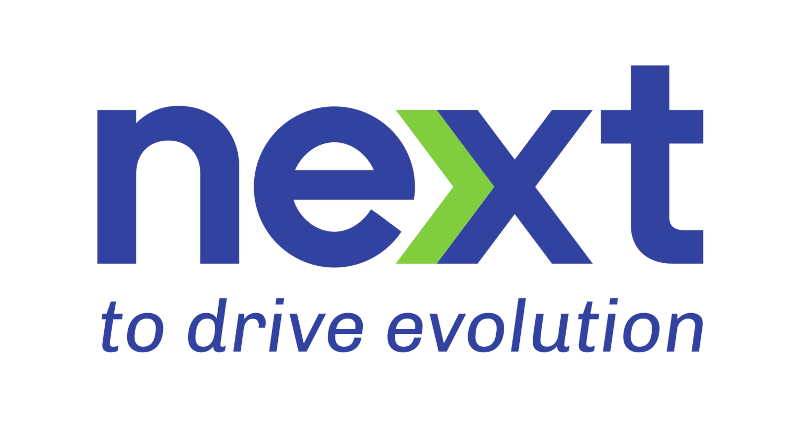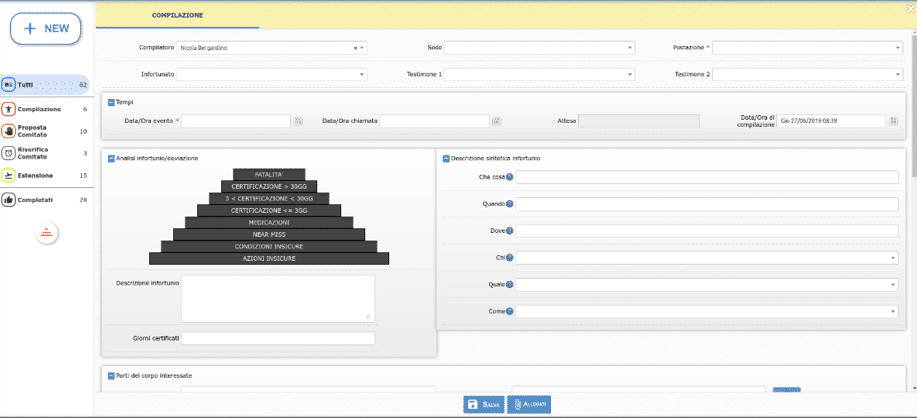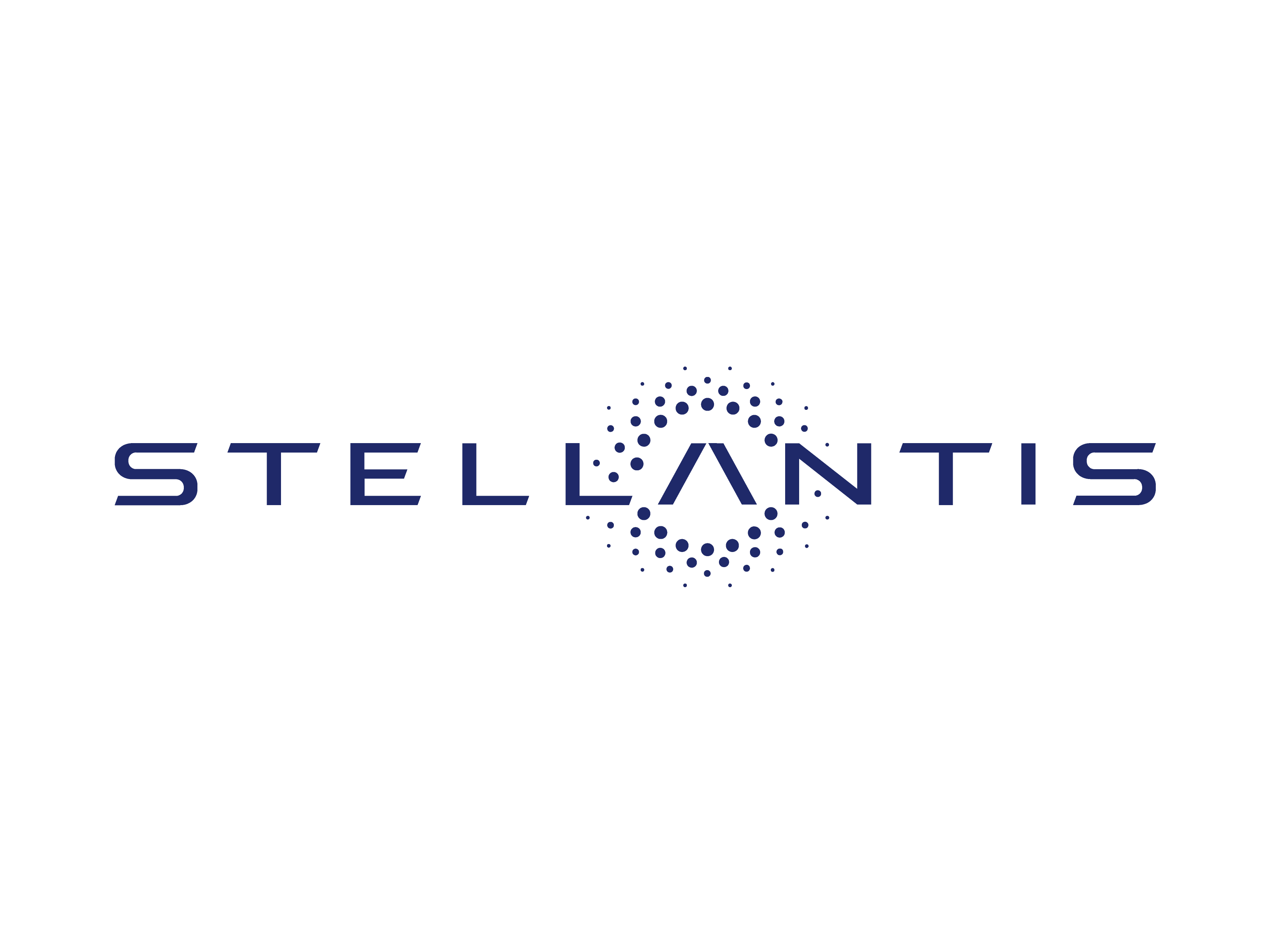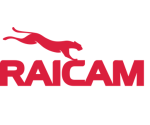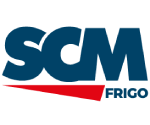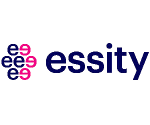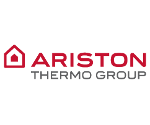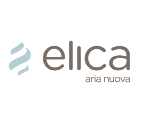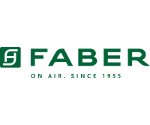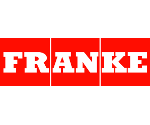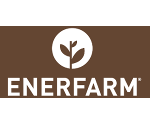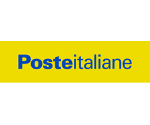S-EWO Module
The S-EWO module, as EWO module, is one of the activities provided for by the companies that apply the strategies of World Class Manufacturing: the first pillar of WCM, “Safety“, is truly dedicated to safety.
The name resemblance derives from the fact that, while EWO stands for Emergency Work Order, the prefix “S” stands for “Safety“, indicating the fact that this module is not dedicated to machines, but to people, or better, to workers safety.
What’s the S-EWO Module for?
The S-EWO Module has the clear objective of highlighting the potentially hazardous situations and starting the useful accident prevention actions.
For example, the S-EWO module could signal a slippery rung, or a shelf not well fixed to the wall and therefore risking falling on someone, etc. At the same time, it generates a process in order to analyze the necessary actions so that the reported accident can no longer be repeated.
Advantages of S-EWO modules
Like all WCM instruments, the purpose of this module is to eliminate waste. If neglected, safety can certainly bring much more waste than you might think:
- waste of time for the interruption which obviously involves the intervention to provide care to a person;
- waste of time due to the absence of an expert who may not be able to work for a few days;
- waste of time specific to any reactive type of operation, that is when it is already late;
- waste of time due to long periods of investigation to get to the bottom of the causes and responsibilities.
The purpose of the S-EWO module is not to solve the single problem, but to permanently eliminate each potential cause of injury.
World Class Security:
the S-EWO modules and the Tags
The S-EWO and TAG modules are at the heart of the “Safety” theme, i.e. the tools that a company can put in place for the safety of its employees.
In both cases, subjects with different roles and privileges within the system’s master data are involved.
We are therefore talking about the compiler of the s-ewo module or the TAG, an approval team and a central management (these nomenclatures may vary depending on the organization of each company).
The S-EWO Modules
S-EWO forms follow a precise workflow, well described by the following image:
- The Compiler fills out and submits S-EWO form to approval team.
- The approval team verifies the received S-EWO form.
- The approval team then performs a re-check, in which they can highlight any remaining risks and establish additional action plans. Finally, it is sent back to the compiler.
- At the same time, the approval team can decide whether to propose extending the practices established in the S-EWO form to other locations. In this case, the proposal is sent directly to the central management.
- The central management decides whether to accept the approval team’s proposal to extend the approved incident prevention solutions to other locations as well.
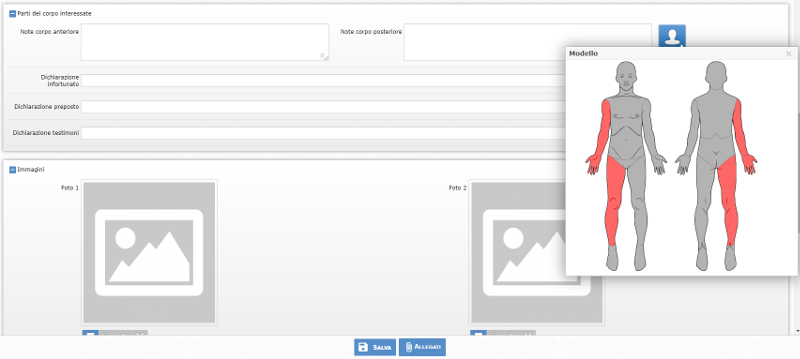
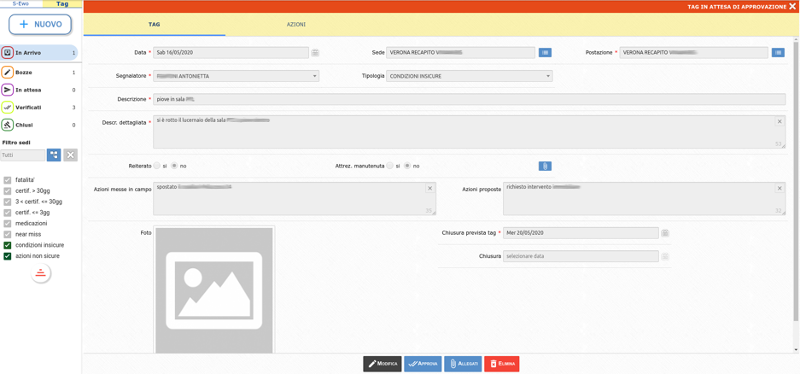
The Tags
The TAG is a tool for reporting a condition that may potentially constitute a hazard. It is, therefore, a way of preventing situations that may cause accidents or injuries.
The workflow of creating a TAG involves a compiler and an approval team.
The TAG is followed by one or more actions to prevent the future occurrence of the problem:
- The compiler compiles the TAG and sends it to the approval team.
- The approval team verifies and closes the TAG.
- It is the approval team itself that deals with a possible Extension.
The Reports
The effectiveness of the S-EWO modules lies in the extensive reporting system that allows you to analyze and compare a large amount of data, in a simple and immediate way.
There are different types of reports:
- Green cross: to view the trend of injuries, day by day, month by month
- Accident table: summary, representing the accident trend for a given month
- Bulletins: table relating to the current month
- Safety book (also for the causes): monthly accident data with an indication of trends, for each macro area
- Injuries charts
- Unsafe graphs
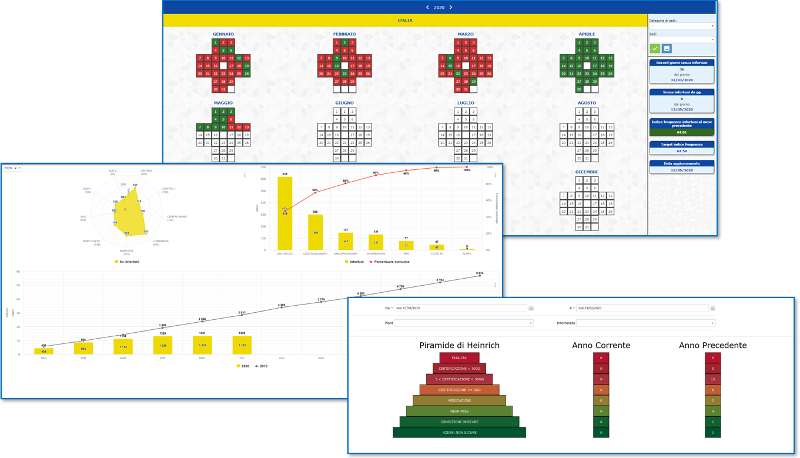
"Everyone knows that prevention is more necessary than cure, but few reward acts of prevention."
Ready to… prevent?
© 2023 NeXT Srl Unipersonale - P.IVa. 02510420421 - Privacy and cookie information - Powered by Fuel31
